5 Things You Must Know Before Starting Your Product Packaging
1 Know Your USP, the Unique Selling Proposition
A USP is the feature or set of features that makes your product distinct from competitors.
Your product’s USP is what your entire business model should be based upon. It is also what your
packaging must be designed to highlight. Think of the USP as the one or two things that your
product offers, that no other product can match. It might be that your product is better than the
competition, or it might be offered at a better price, or it might be the only one of its kind.
Good package design puts your USP front and center. On the shelf, hanging rack, or in the display
box or case, your product’s USP should be absolutely clear to potential customers.
Every buyer, faced with a choice of competing products, goes through a quick and almost unconscious decision-making process. Your package should overcome uncertainty and objections, clearly
stating your product’s purpose with a clear, confident, winning USP.
2 Know Your Customer
You absolutely must know your customer. How old are they? Are they male or female? Do they like
sports, books, or cooking? What is their level of education? Are they urban or rural? Single or married with children? Do they speak English as a first language? When it comes to package design for
your product, every one of these questions matters.
What’s this have to do with packaging, you ask? For example; children’s products are best placed
at eye level and they like bold graphics and won’t read explanatory text. Seniors appreciate larger
typefaces, so they can read the information without reaching for glasses. A world-wide market may
call for multi-lingual messaging. Convenience products may be packaged for sale at the check-out
counter. A luxury product requires high-end packaging; while a bargain item calls for something
altogether different.
In short, your customer isn’t just someone, they are a particular person, with a particular need, and
your package design should speak to that person, in that place and time. It must grab and hold their
attention, tell the story of how your USP meets their particular need.
3 Know Your Store, First-Hand, With a Research Tour
You must know where your product will be sold. There is no substitute for a first-hand research tour.
This is the only way to learn exactly where your product is likely to be placed. You must know if it is
most likely to be a on cluttered shelf, an end of aisle hanging rack, or at the check out counter.
Where your product will be sold is a huge consideration when it comes to package design. First, the
package must be designed to work within the physical space, stacked on a shelf, or hung from hangers.
Even more important, it must stand out from the competition. None of this can be accomplished, if you
don’t know exactly where it will be sold and exactly what your competition’s packaging looks like.
In addition, there are conventions that must be met, to satisfy retailers. Products in a grocery store
or hardware store, must be able to pass the ‘bump’ test, they need to be stable enough that they
won’t tip over or become disarrayed when customers jostle them on crowded shelves. Before your
product can be offered to the consumer, it must first meet the needs of the retailer. Your package
design must meet their requirements. No retailer is going to redesign their store space to accommodate your product, so your product must meet their fixed requirements.
Once physical store conditions are met, you can work towards making your product stand out from the
competition with packaging that generates sales from eye catching design and a clearly stated USP.
4 Paper or Plastic, Big or Small, Know What Works
For most products, packaging materials can be made of either paper or plastic. The primary difference is cost, particularly for small runs and start up products. Plastic may look slick, and it can be
molded in an almost infinite number of shapes and sizes, but the start up costs are generally higher
than paper (cardboard) packages. Although, some products may be packaged in pre-fabricated
stock plastic packaging.
Paper packaging can be designed in a variety of shapes. It doesn’t have to be a rectangular box, but
the more complex, the higher the cost. Another consideration goes back to the needs of the retailer,
rectangular boxes are easier to stack and store than unusual shapes.
A complex overly ambitious package does not guarantee sales Great graphics, a great logo,
eye-catching color, and a clearly stated USP matter more for product sales than what that box
is made of or complexity of design.
Size is important too. Your product may be physically small, but that doesn’t mean you want to
display it in a small package. A package that is too small, can get lost on busy shelves or racks.
The package needs to be large enough to be noticed, as well as large enough to convey necessary
product information and your USP.
Do you want to show a graphic of the product in use? The package must be large enough for
that graphic to be seen, if it is going to be effective. When it comes to size, your package must be
large enough to hold the required information, desired graphics, and most important, attract the
attention of your customer.
5 Know Your Colors and Your Competition’s Designs
Color, graphics, and fonts; all work together to give packages their distinct brand look. Color is
particularly important, everyone knows that one particular soda is marketed in bright red cans
with wavy white stripes, you know the brand without being told the name. You want your package
design, the color and graphics, to be as obvious and clear to consumers as the red can known worldwide as Coke.
Your color, graphics, and all of the design elements of your package should stand out from the
competition; they should feel distinct, and as uniquely yours as your USP. Be cautious of the psychological impacts of color and style as well, some colors may stand out from the competition, but not
in a good way. There is a reason soothing spas are not marketed with bright orange.
Thorough study of the competition and understanding of your consumer, should guide your choice
of color and graphic design on your product package. Know your market, know your options and
their impact on consumers, and put that information to use for maximum sales impact.
❯ Other Considerations – An Aisle Display and Multiple Products
Especially for products that are small or difficult to package, a self-contained display rack can create
real interest, as well as solve issues for retailers. If your product is small, a display box placed either
on a counter or near the cash register may be an excellent option.
If your product is offered in multiple sizes or flavors, it may help you generate additional sales by
offering more options, and even help accommodate your retailers needs. Don’t overlook the opportunity to create a ‘family’ of product packages which will build shelf awareness and target a wider
variety of customers desires & needs.
❯ The Final Word
Packaging is the final point of contact before your customer makes a purchase. It’s where all of
your marketing and business plans come together. Your package is the last opportunity to convert
the sale.
It is worth doing right. It is worth taking the time to consider all of the aspects, from production,
to shelf space, to consumer attitudes. It is worth consulting a professional team who provide
independent, objective advice from a consumer perspective. They will guide you through the
pitfalls and possibilities. You’ve created a winning product, give it the packaging it deserves.

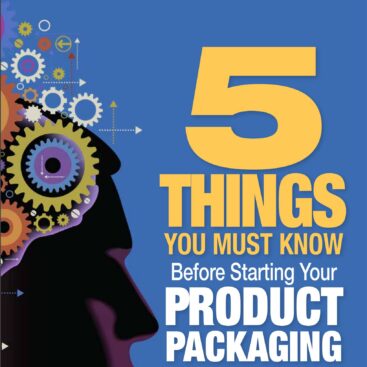
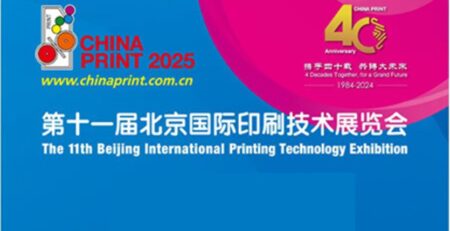

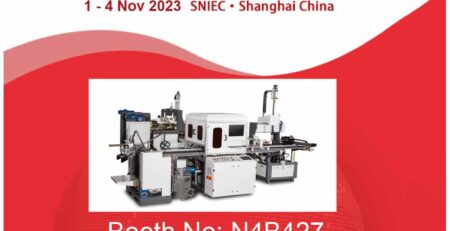
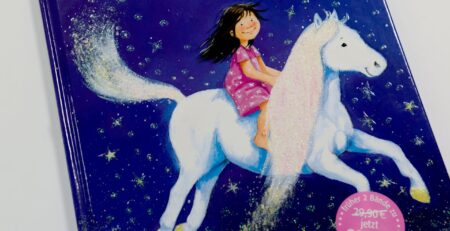
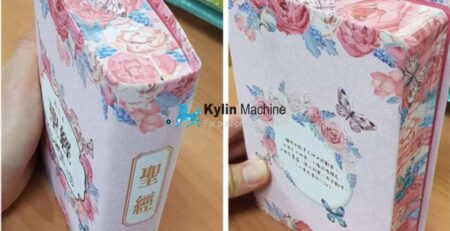

发表回复